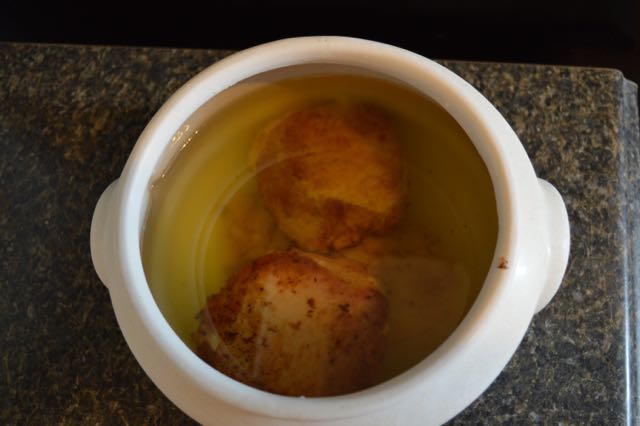Potting Meat is a “if everything else fails” method. Potting meat is an ancient food storage technique that worked for thousands of years. Unfortunately, the USDA recommends against this process because of the potential for botulism. Personally, I would rather pressure can meat – it is a much safer, however crocking meat is still used as […]
Month: February 2017
Stories and Recipes of the Great Depression of the 1930’s, Volume IV
Reading about how others survived hardship is a great way to prepare to survive. The book Stories And Recipes of the Great Depression os a great resource to do just that. This book is a continuing historical documentation of the impact the Depression Era had in the homes of those who struggled to keep their […]


